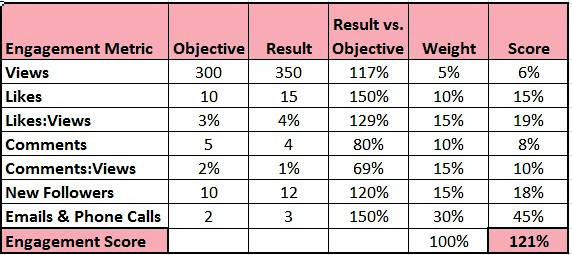Introduction
This month’s post was inspired by a conversation with my physiotherapist regarding content marketing and what constitutes good thought leadership. I have my point of view; what’s yours?
_______________________________________________________________________________________
I have a torn rotator cuff in my left shoulder. Apparently, I’m not alone. I’ve read that by the age of 60, nearly 80% of us will have some degree of a rotator cuff tear. Perhaps our shoulders are not meant to do what we make them do!
At the frequent physio sessions where my ex-rugby playing physiotherapist tortures me to build up my shoulder muscles, we have plenty of time to talk. One recent conversation turned to content marketing and thought leadership, something we both do in support of our business development efforts.
There are many good reasons to create your own content. If you engage in content marketing, it’s likely that you do this primarily to achieve a position of thought leadership in your industry, and ultimately to drive revenue growth.
One reason to create content is to be perceived by your target market as a thought leader, but that doesn’t make it easy to do well. Over the years, I’ve written many thought leadership pieces for my employer, my clients and my own consultancy. That repetitive exercising of my writing muscles has helped me to develop my skills and also a point of view on the principles that underpin good thought leadership content. I’ll share eight of these principles below.
1. Strategy First
Strategy should always lead tactics. Thought leadership, like all marketing communications, should be guided by your marketing plan and content strategy. Identify the differentiating characteristics of your brand, how you wish to position it to your target market segments, and the key messages you will hammer home repeatedly through your thought leadership efforts. Be clear on such things before you start developing content.
2. Stand Somewhere
Take a stand, not just anywhere but somewhere quite deliberate. Stand in a place you know well, with a credible point of view. Stand in alignment with your strategic objectives, with messaging that resonates with your target market.
3. Stand Somewhere Different
Stand somewhere that differentiates you from the pack, like that one bird in the image below standing on two legs. Stand so you can be noticed and remembered for your differences. It is hard to be a thought leader by standing where everybody else is standing. Thought followers get lost in the crowd, in a sea of voices with safe and similar messages. Thought leaders provoke thought and discussion, often by being different.
4. Create, Don’t Regurgitate
One approach to content marketing is to curate and share the thoughts of others. While that is a way to provide useful information to your target market, true thought leadership comes from creating content you own, featuring your unique and valuable perspective and insights. You will add the most value to the conversation and to your target audience when you create rather than regurgitate.
5. Be Yourself, Be Authentic
Be true to yourself and your brand. Your point of view needs to be authentic. Be the type of thought leader that comes naturally. Are you an innovator? Do you challenge conventional thinking? Do you make sense of chaos? Are you humourous, serious or quirky? Speak your truth. Say what you believe, in your own voice. Let your personality shine through to help engage your readers.
6. Be Engaging
Your audience is busy. If you want them to consume your content, you have to engage them. Tell stories and think in terms of a narrative that runs through your content. Try to entertain in a way that comes naturally. Let a bit of yourself into your content. Help your readers to see themselves in your stories and connect to your content. The more they can identify with you and your stories, the more they’ll want to consume and share your content.
7. Help, Don’t Pitch
This is a big one. Your audience wants to learn. They don’t want to hear your pitch. Help them solve their problems. Trust your audience to ask for your pitch once they’ve learned to trust you through the thoughts you share in your content. Focus on helping your audience rather than trying to persuade them to buy from you. Your audience will value and share relevant and helpful content long before they share your pitch.
8. Keep It Coming
Strive to be more of a hit machine than a one hit wonder; more Beatles, Bowie or Beyonce than Brooklyn Bridge, Bobby Bloom or Blues Image. One great piece may get you some attention but before long, you’ll fall off the playlist. Keep cranking out the hits. You’ll reach a wider audience and be harder to forget.
In Closing…
Whether for my shoulder muscles or writing muscles, regular exercise is key. We can do the exercise on our own, or get expert help. Either way, it is important to have and follow a plan. If you don’t want to shoulder the exercise load on your own, seek out help both inside and outside of your organization.
I’ve found it useful to follow the above principles when creating thought leadership content and hope that you will, too. I’ll leave you with three questions and welcome your replies:
- Which of these eight principles do you find most important and why?
- Which principles would you add to this list?
- What are your favourite one-hit wonders?





